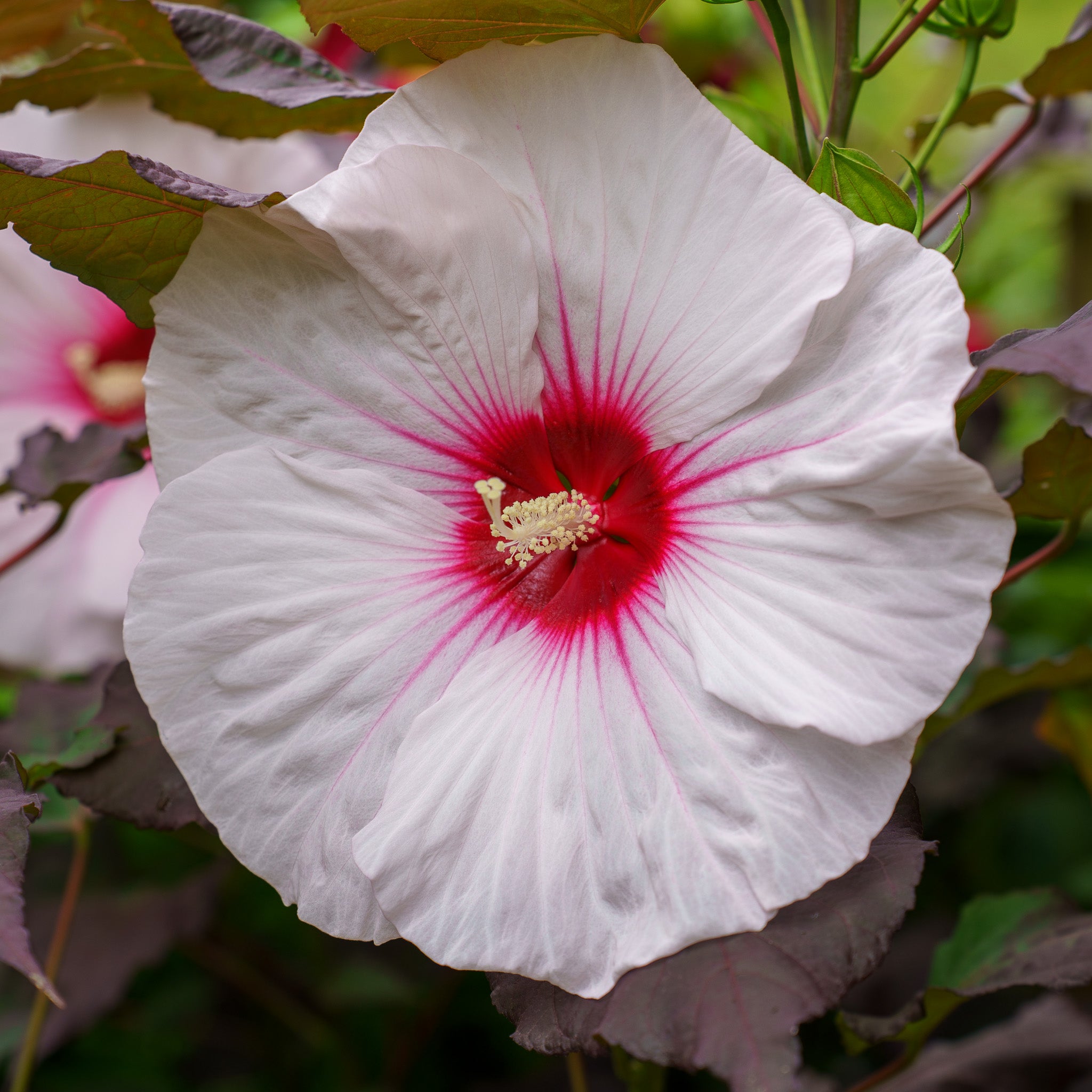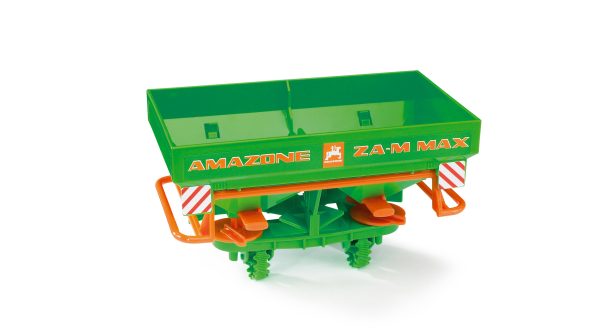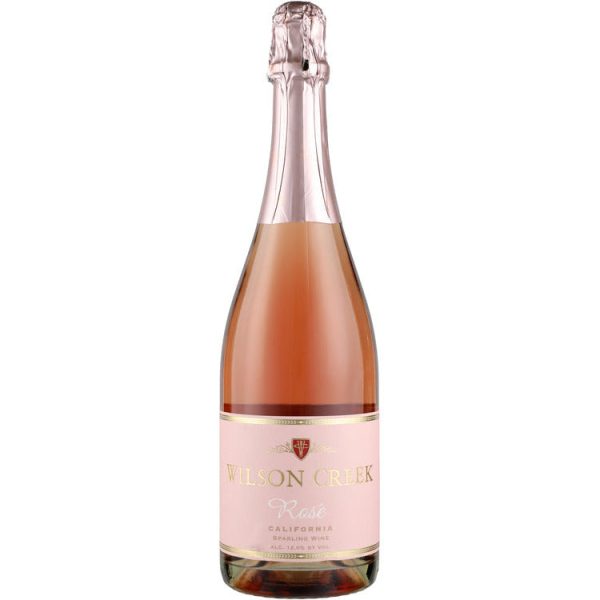-
×
 Miami Drip Plug Hoops Cheapest Pice Sale Online
2 × $7.00
Miami Drip Plug Hoops Cheapest Pice Sale Online
2 × $7.00 -
×
 Used Sagola Repair Kit Nozzle and Needle Kit (1.3) Buy Cheap 2025 Newest
1 × $48.00
Used Sagola Repair Kit Nozzle and Needle Kit (1.3) Buy Cheap 2025 Newest
1 × $48.00 -
×
 TRINITY 34x19x31 Adjustable Cooler Cover, Black Cheap Excellent
1 × $24.00
TRINITY 34x19x31 Adjustable Cooler Cover, Black Cheap Excellent
1 × $24.00 -
×
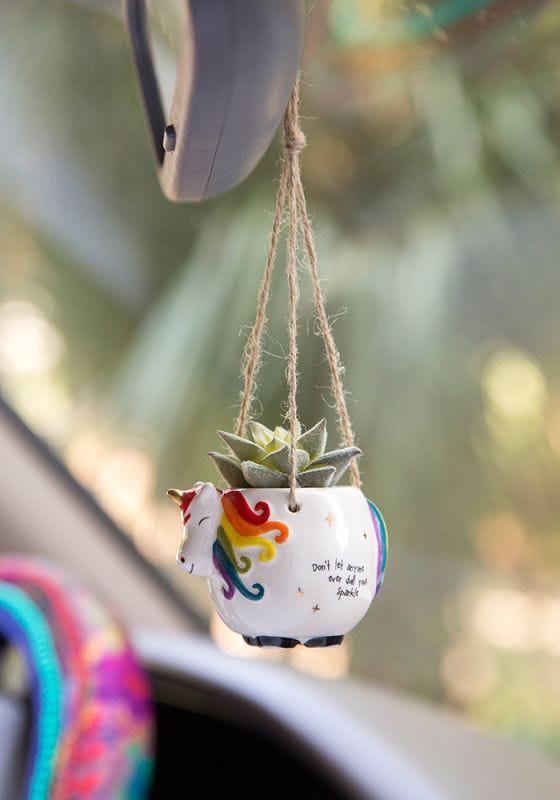 MINI HANGING SUCCULENT UNICORN Buy Cheap Big Discount
3 × $11.00
MINI HANGING SUCCULENT UNICORN Buy Cheap Big Discount
3 × $11.00 -
×
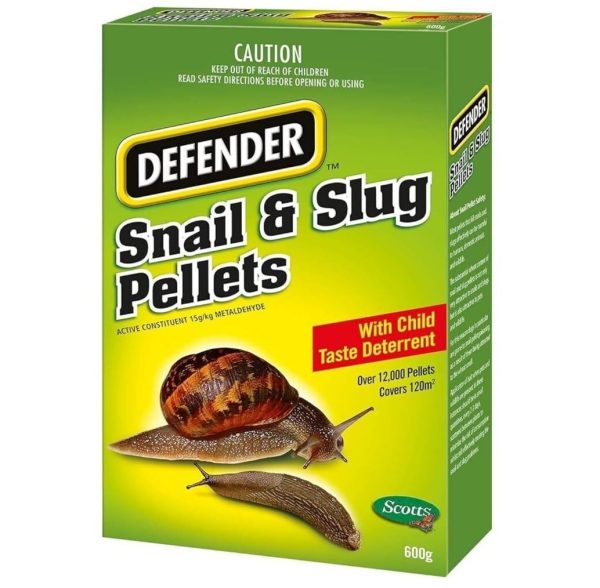 Defender Snail & Slug Pellets 600gm Cheap Sale 2025 Newest
1 × $2.00
Defender Snail & Slug Pellets 600gm Cheap Sale 2025 Newest
1 × $2.00
Subtotal: $121.00

